6. The Shining (1980)
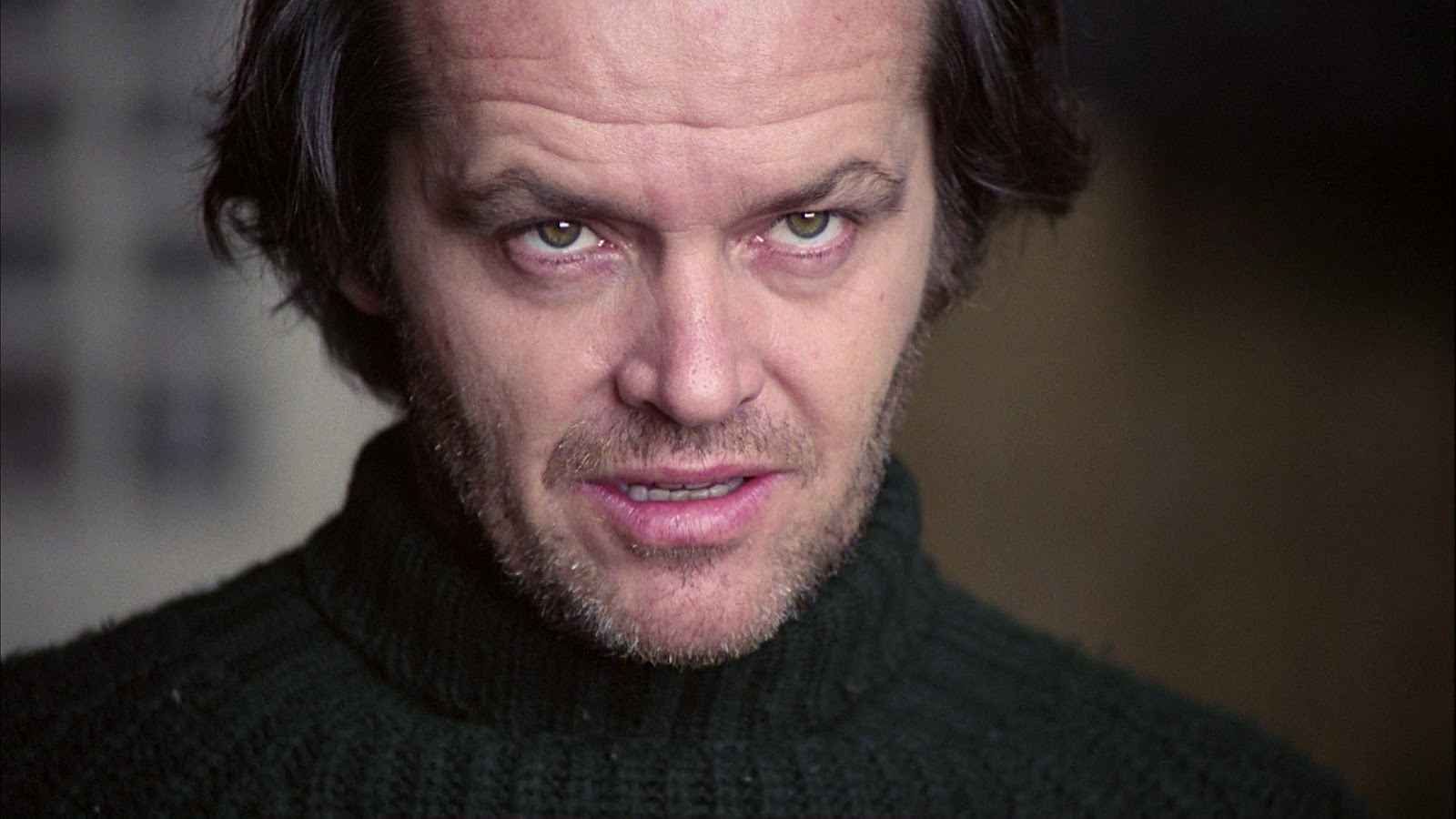
Anchored by one of the most hypnotizing performances ever by Jack Nicholson as Jack Torrance, this Stephen King adaptation puts us in the shoes of a stranded family isolated within the confines of the colossal Overlook Hotel up in the Colorado Rocky Mountains. Nothing new can be said about the masterful atmosphere, the maddening anxiety and the overwhelming sense of dread that permeates the whole film. There is a reason why it has stood the test of time and has become the ultimate blueprint for cabin-fever horror, despite being originally panned upon release by critics and audiences alike.
Kubrick is at his very best, meticulous and calculating, every frame of the movie perfectly visualized along with an ominous musical score that heightens the insanity of the characters. As straightforward as the main plot proves to be, what keeps us revisiting this classic all these decades later is how open to interpretation it is at a thematic level. You can easily view the story as an allegory of domestic abuse, the loss of innocence, the dangers of isolation or the cyclical nature of time. What’s clear is that there aren’t many films that reward additional viewings more than The Shining.
7. Onibaba (1964)
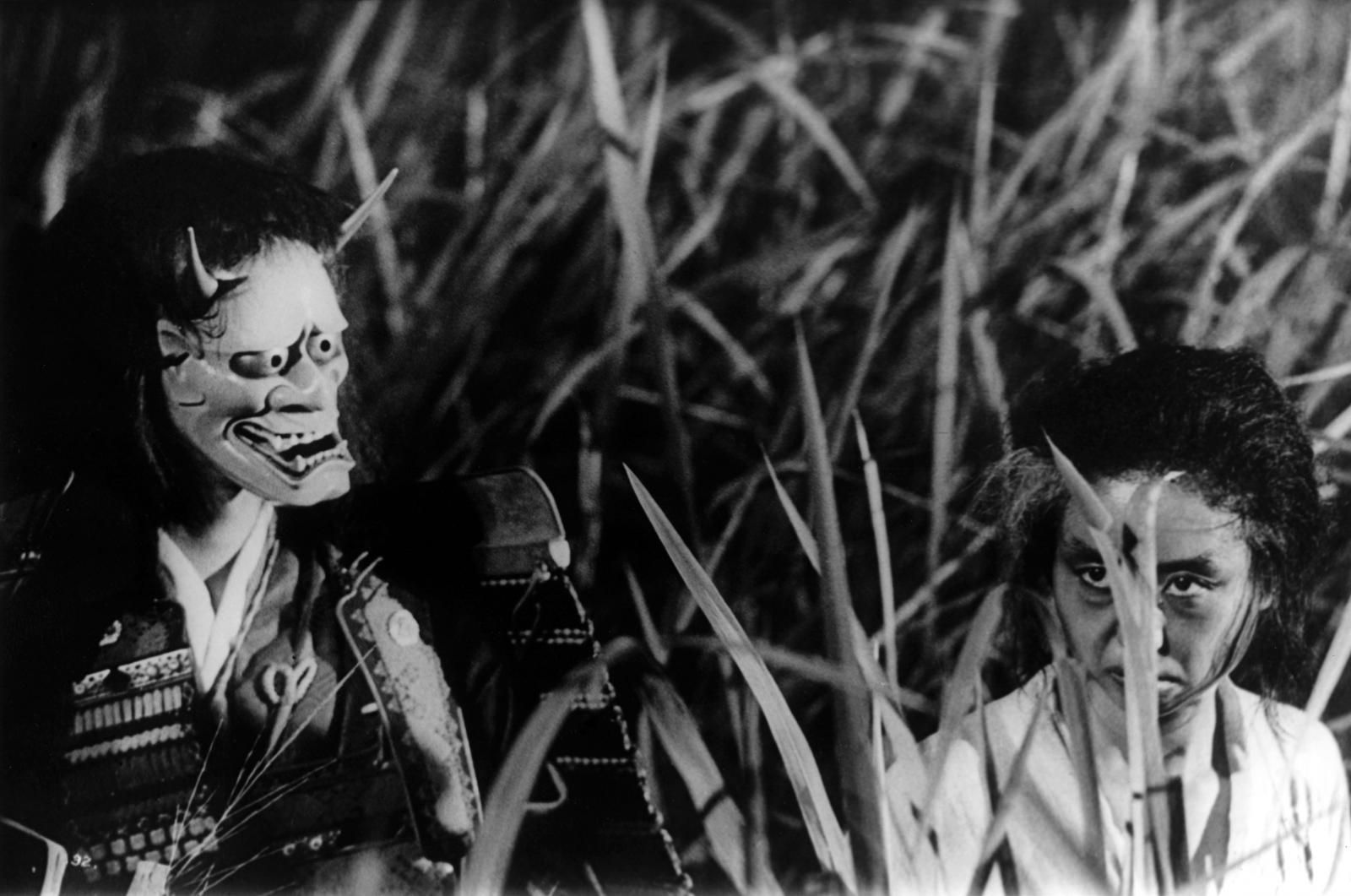
Onibaba is a spellbinding tale of greed and lust ingrained in Japanese folklore. Set during a period of civil war and unrest in medieval Japan, it tells the story of an old woman and her daughter-in-law struggling to make ends meet. They come up with a wicked plan that involves killing off samurai by causing them to fall into a deep pit, and then selling their gear for food. This trick proves to be effective until a neighbor comes back from the war and attempts to seduce her daughter-in-law.
This Kaneto Shindo classic unfolds like a thriller, slowly building up to a gut-wrenching climax, with a lot of thematic undertones of jealousy, greed, sexuality and Buddhist dogmas. The most memorable aspect of the film has to be the visual and sound design, which create a foggy and ethereal mood accompanied by the harrowing sounds of reed blowing in the wind and rain.
8. The Birds (1963)
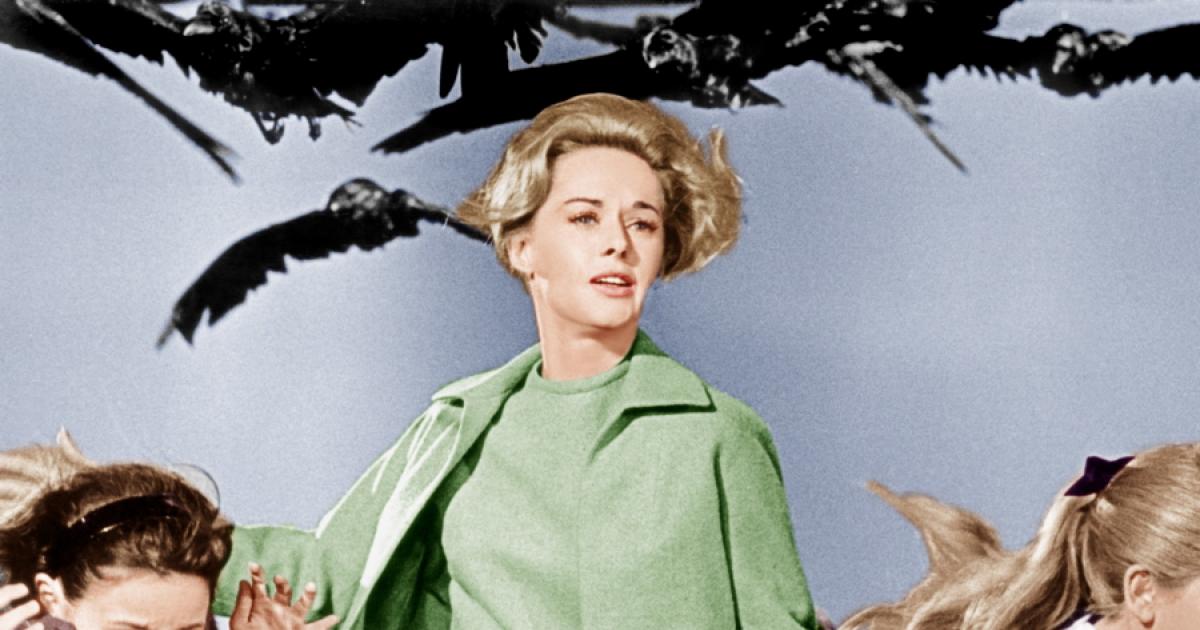
Alfred Hitchcock extended one of the best directorial streaks of all time in 1963 with The Birds. In a span of just two years, the master of suspense managed to release Vertigo, North by Northwest and Psycho, the latter instantly becoming one of the quintessential works of his career and a staple in horror cinema. Given the seismic impact Psycho had on American audiences, who by the mid-60’s craved more visceral experiences and exhilarating plot twists, Hitchcock decided to follow it up with this twisted tale of avian onslaught.
For anyone acquainted with his films, this checks off all the common denominators of Hitchcock’s unmistakable traits. From the chilling suspense, the San Francisco setting and the exquisite framing to the gullible blonde that unwittingly finds herself in a dire situation. Is it a stretch to say that the prominently featured seagulls in Robert Eggers’ sophomore film is a subtle homage to this thriller? It’s hard to deny the parallels between Thomas Howard being viciously attacked near the seashore in The Lighthouse with the stunning Melanie Daniels fighting birds off in this Hitchcock classic.
9. The Tenant (1976)
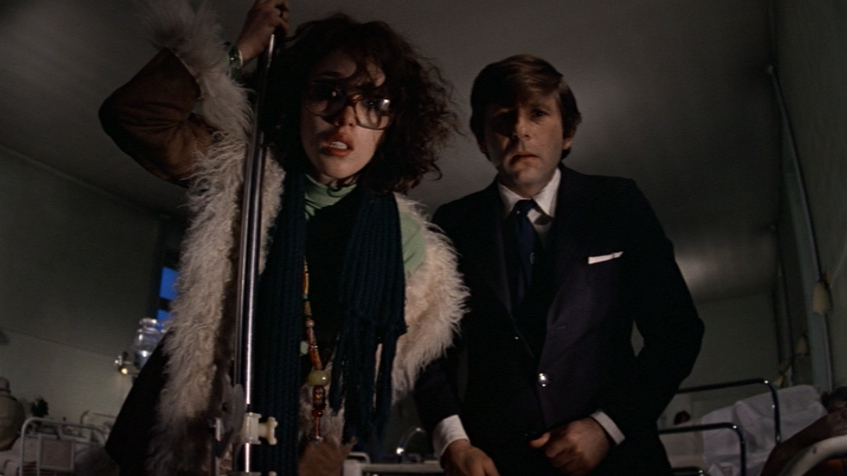
The Tenant is often referred to as the final installment in Polanski’s Apartment trilogy, following up on Repulsion and Rosemary’s Baby. And even though it isn’t as celebrated as its two creepy predecessors, it’s not a lesser entry by any means. The film follows a quiet and reserved man who rents an apartment in France, then he learns that the previous tenant committed suicide. The way it operates is similar, with an air of evil hanging over the whole story as a labyrinthine mystery unfolds, with the man growing suspicious of his neighbors and landlord.
This film is flawlessly shot by the legendary director of photography Sven Nykvist, widely known for his breathtaking collaborations with Ingmar Bergman and Andrei Tarkovsky. And besides his overwhelming framing, the atmosphere of the movie is boosted by a haunting score and an impeccable production design. In a sense, it’s easy to see how Robert Eggers took cues from this film for his isolation-heavy The Lighthouse, a movie that is also driven by paranoid characters contrived within closed spaces.
10. Nosferatu (1922)
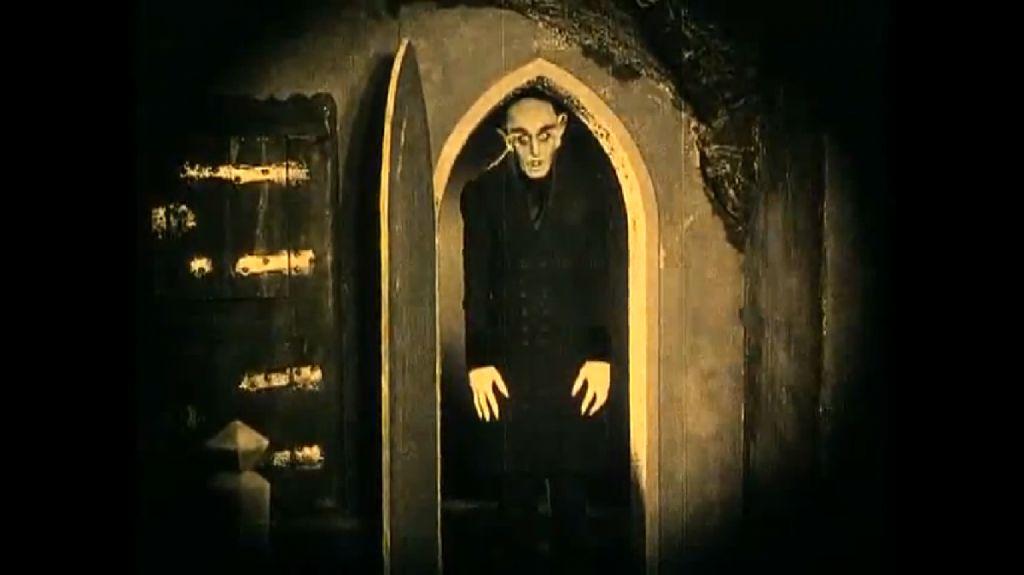
To talk about Nosferatu is to talk about a groundbreaking feat in filmmaking, a movie that paved the way to modern horror and that its unparalleled place in cinema history can’t be understood without due context. It’s only natural that Robert Eggers cites it as the first film that was influential to him, reminiscing of the times where he used to endlessly rent it from the video store. Often hailed as the grandfather of the horror genre, this silent film is an unauthorized rendition of Dracula made on the heights of the German Expressionist movement. Nosferatu would later on be reimagined by Werner Herzog in 1979, but as great as his take is, the original has still not given up its place as the ultimate vampire flick.
The lingering prospect of a new interpretation of Murnau’s classic has never been as strong, with Eggers teasing it back in 2015 when he finished his debut film in The Witch. The director claims that he has spent too many years and blood on it that “it would be a real shame if it never happened”. Nosferatu and Eggers’ atmospheric style seems like a match made in heaven, but sadly the project seems to be languishing on production limbo for the time being.